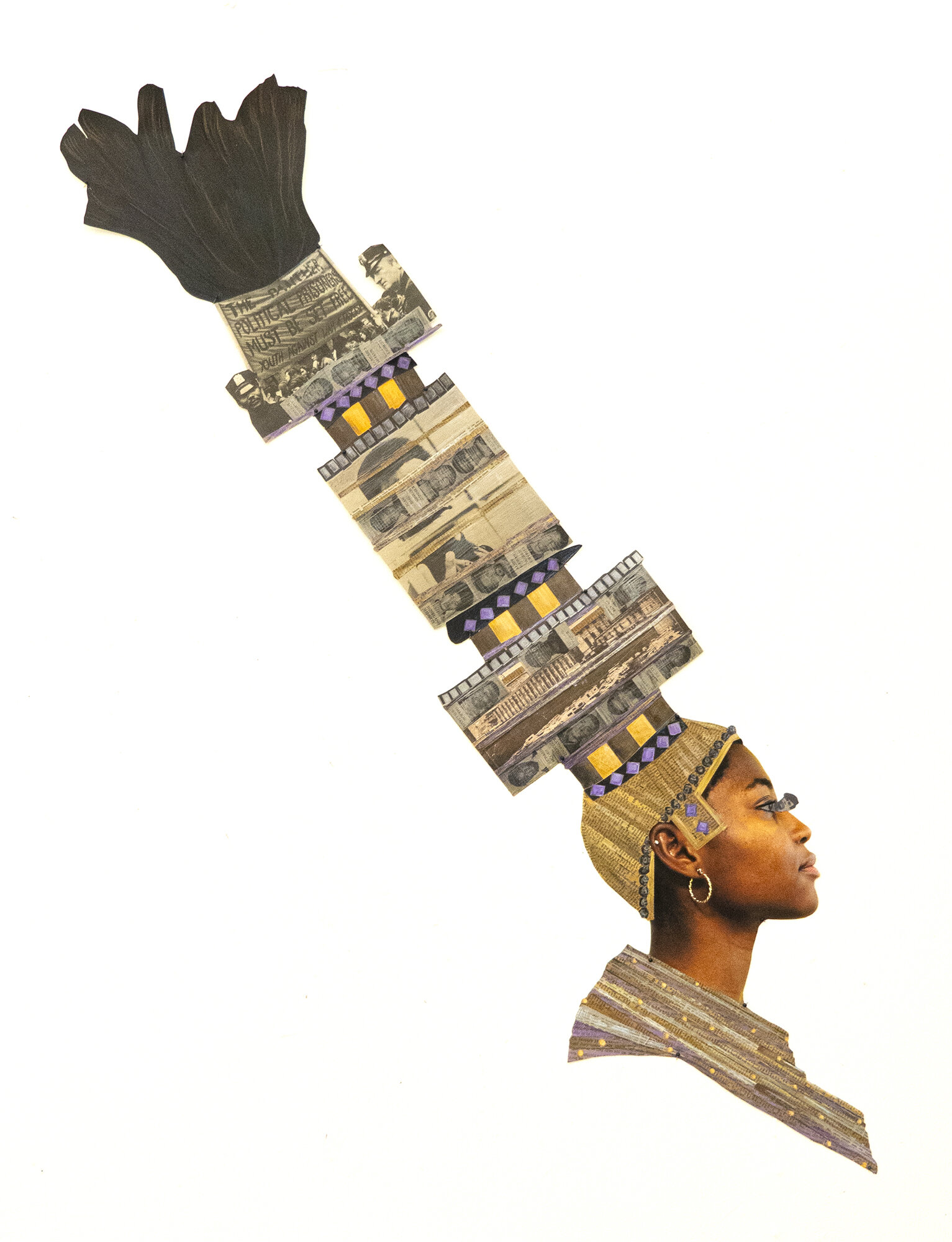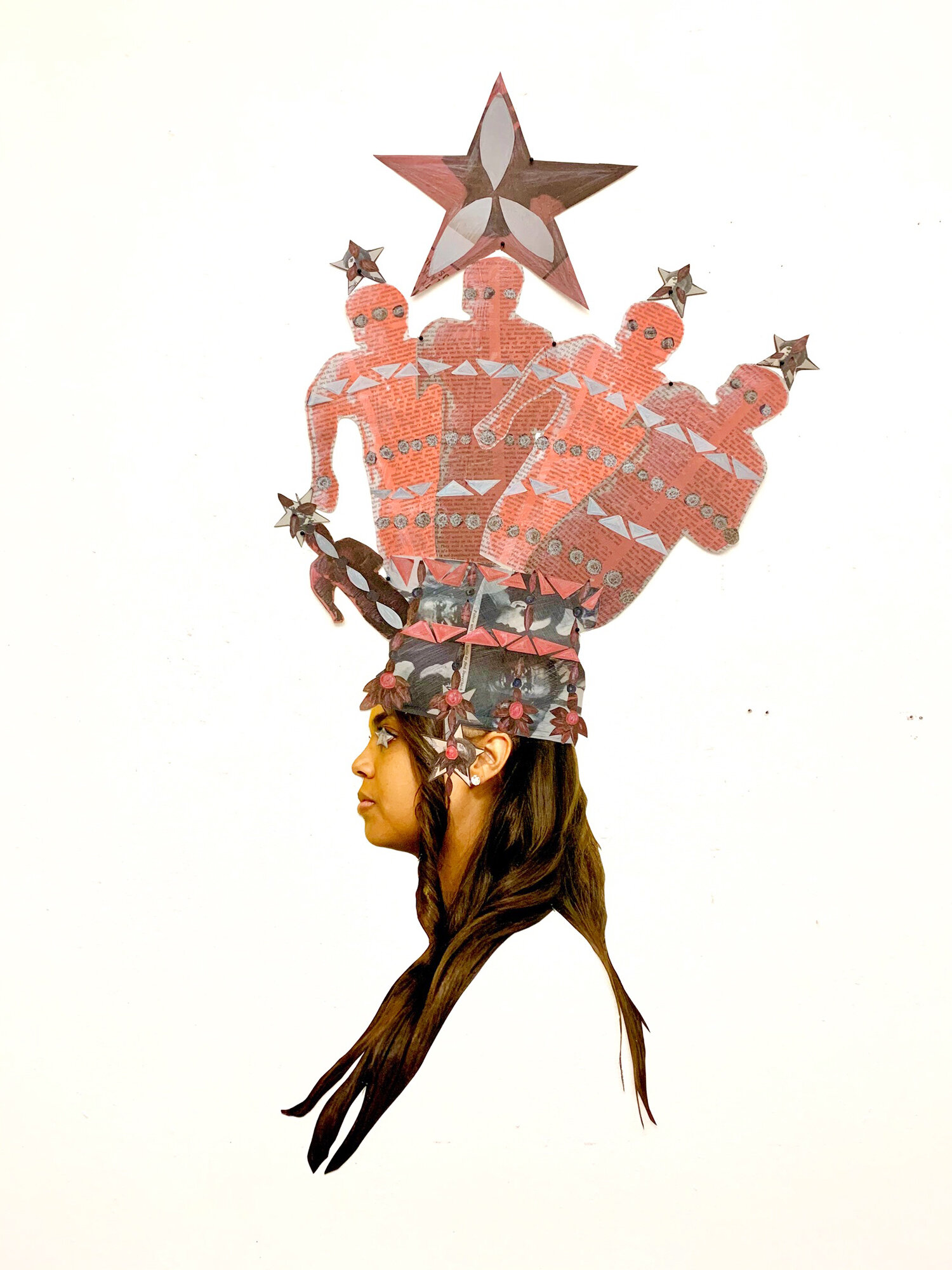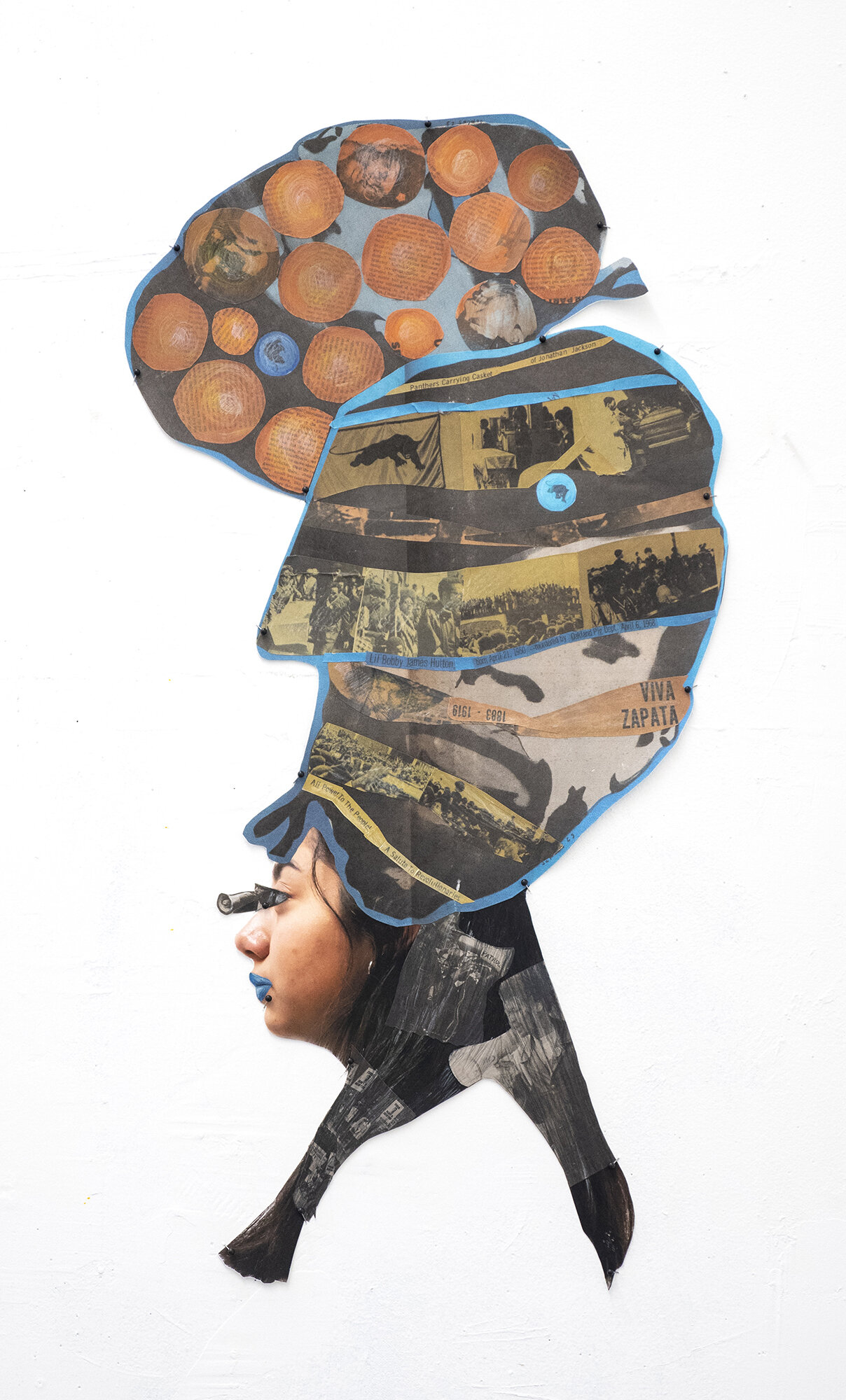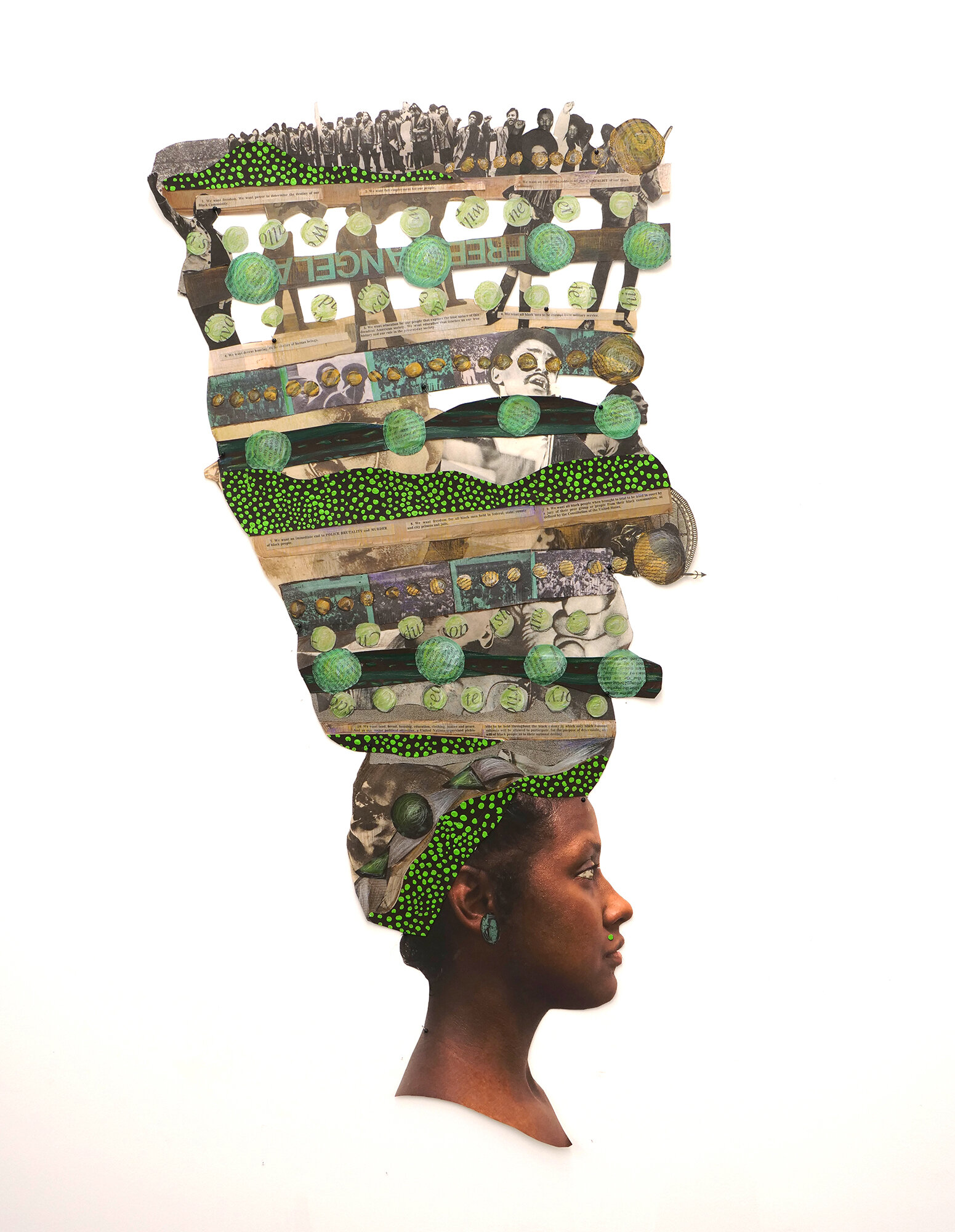Looking Forward while Looking Back:
Reassertions
Curated by Elisa Gutiérrez Eriksen
May 15 - 28, 2020
The new iteration of Looking Forward while Looking Back: Reassertions, presents the works of NARS Alumni Helina Metaferia, Katya Grokhovsky and Julia Kwon.
The works in this exhibition speak out against racial, ethnic and sexual violence, stereotypes, prejudices and injustice to create subversive actions and present them as gestures rooted in care and the empowerment of all identities.
Manifested mostly through patterns, collage, textures, installations, and performance, the works are open invitations to discuss civil rights, agency, oral history, stereotypes and identity politics. The results are performative gestures –strong statements that are loud, unapologetic, fearless and profound reassertions of the self.
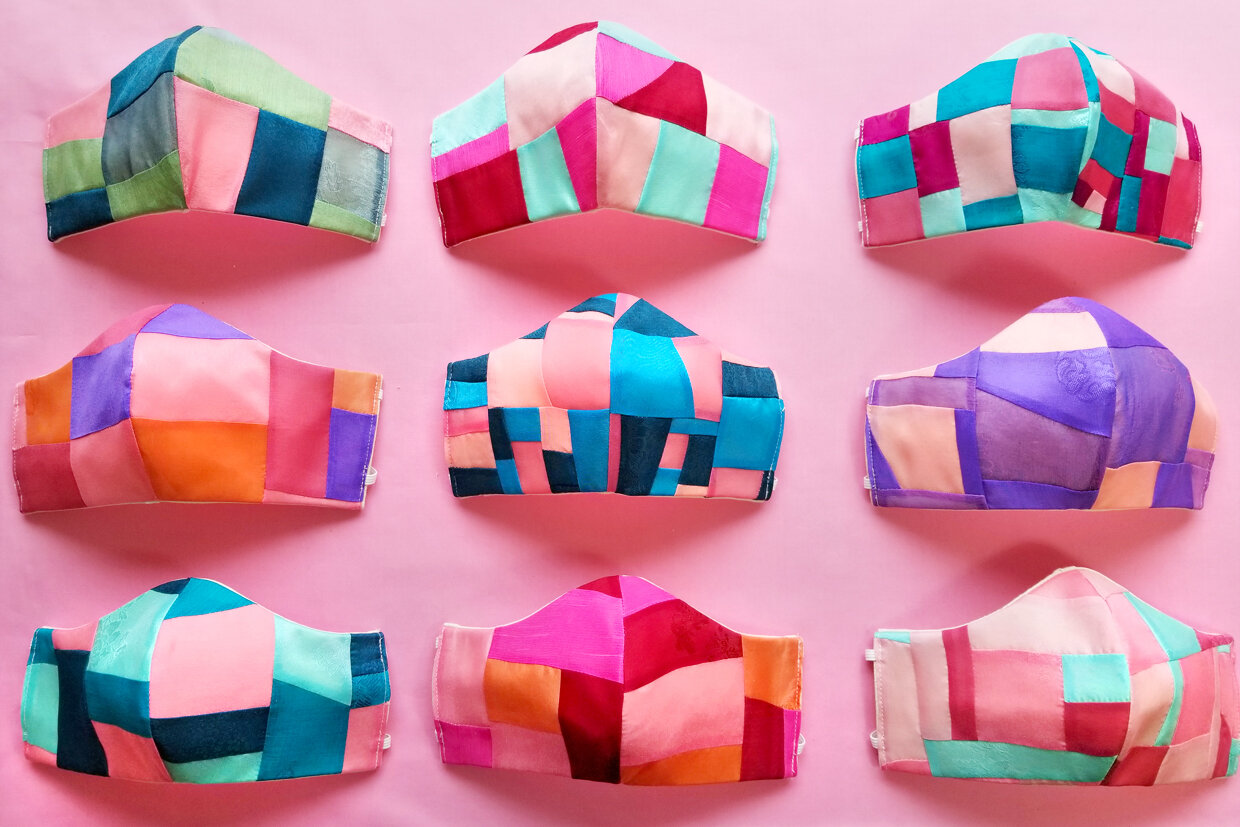
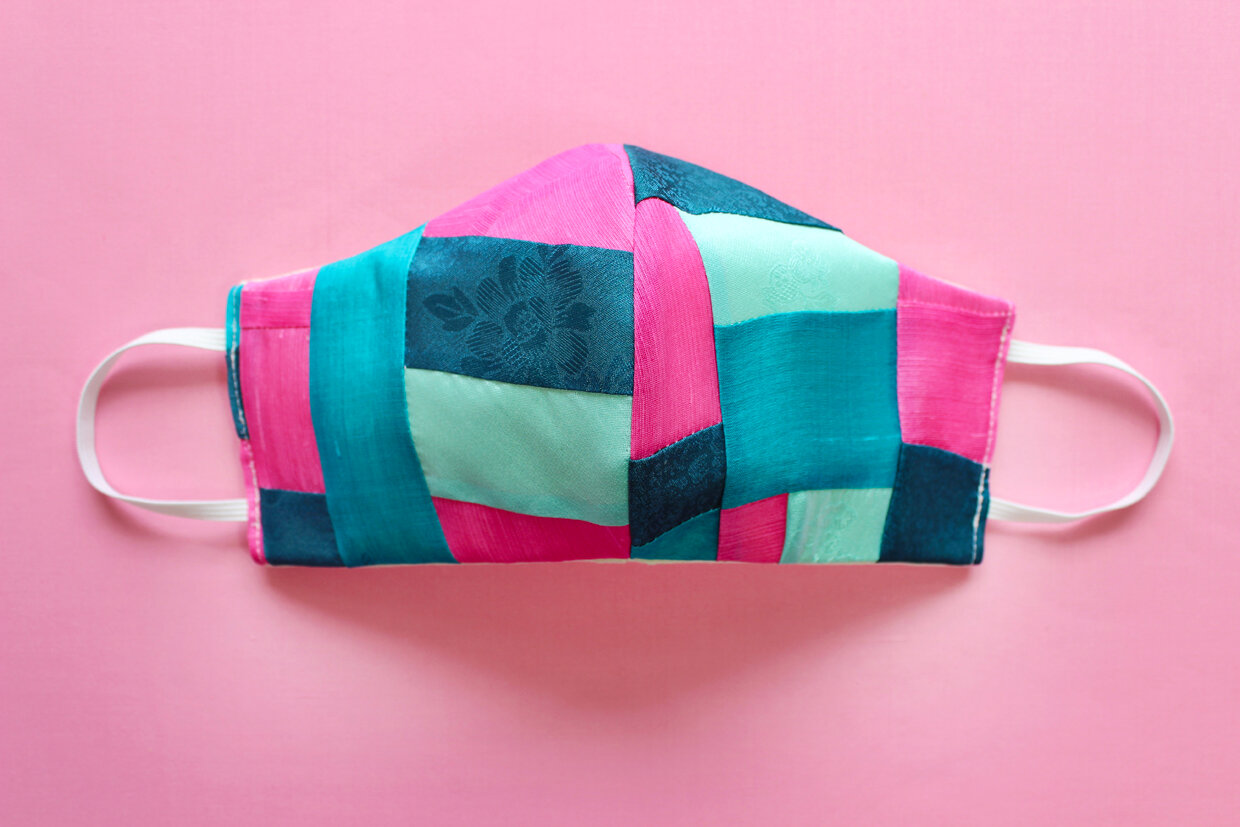
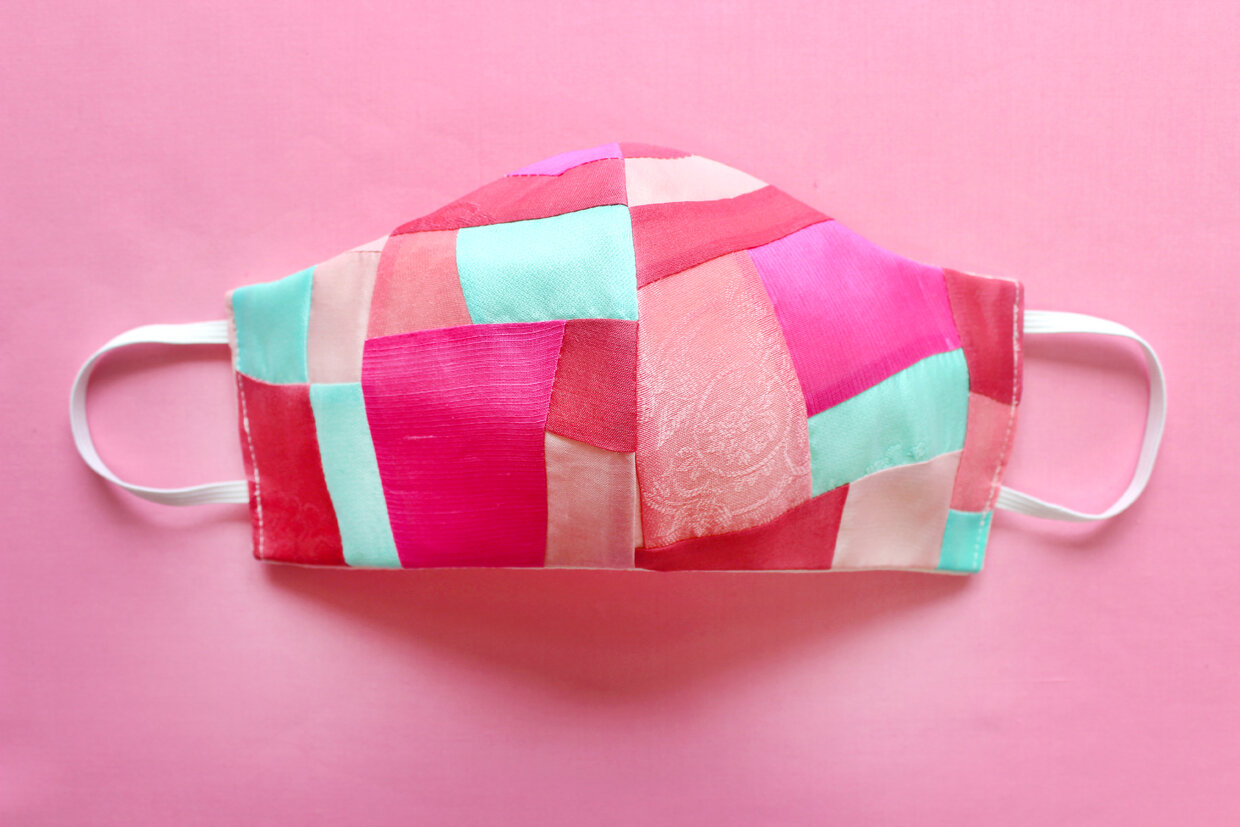
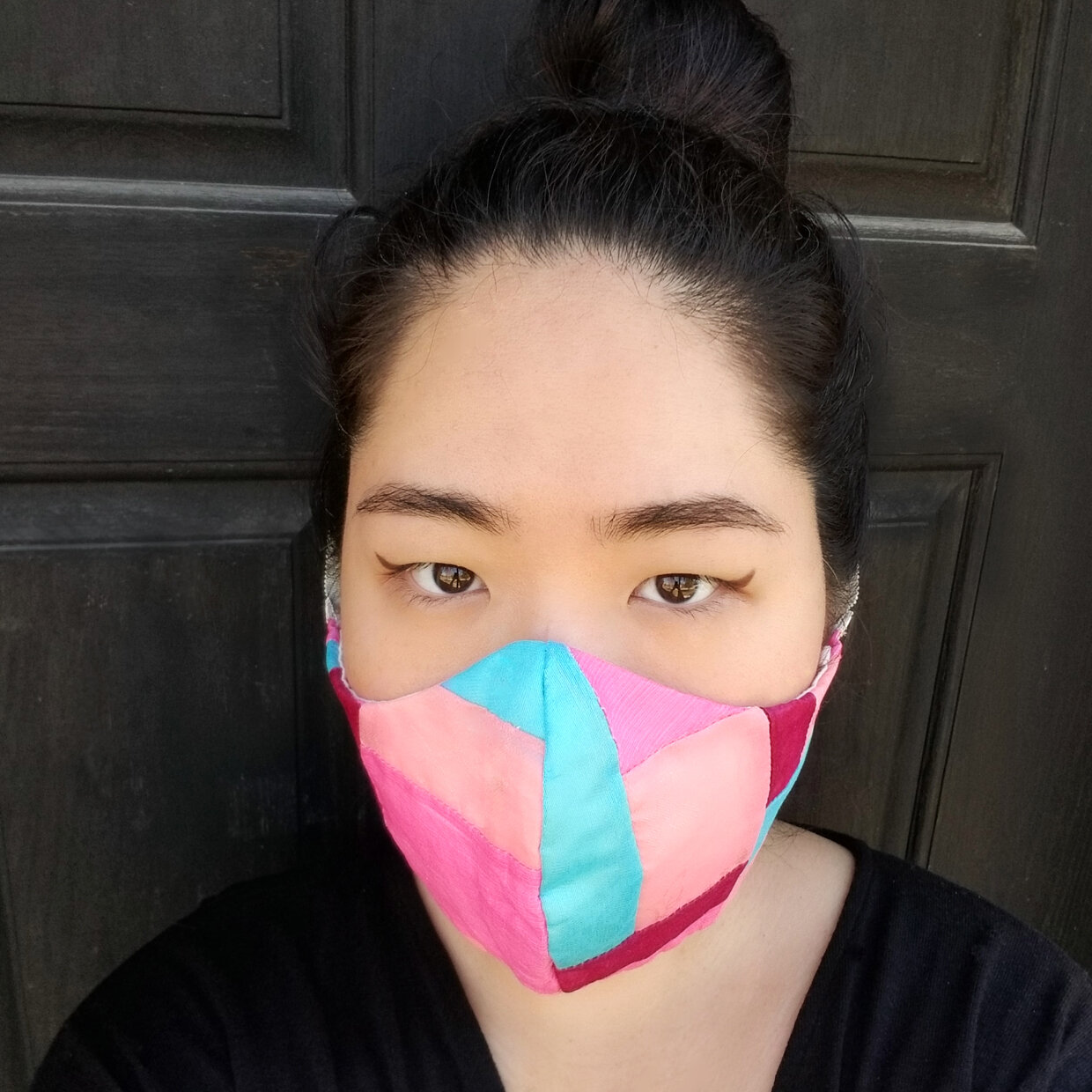

Julia Kwon (USA)
NARS Alumni, 2019 Season II
@artistjuliakwon
Julia Kwon's newest project "Unapologetically Asian" is made with layers of cotton and patchworked Korean silk. The work is sewn in response to the fact that preventative mask worn especially by Asian people has largely been perceived as an unnecessary overreaction, a proof of illness, or an open invitation to commit hate crimes during the coronavirus pandemic. Now a growing number of officials and health experts argue that people should wear non-medical fabric masks in public to help prevent spread of the virus. Julia's work unapologetically celebrates her ethnic identity to confront coronavirus-related racism while also promoting public face masks to help flatten the curve.
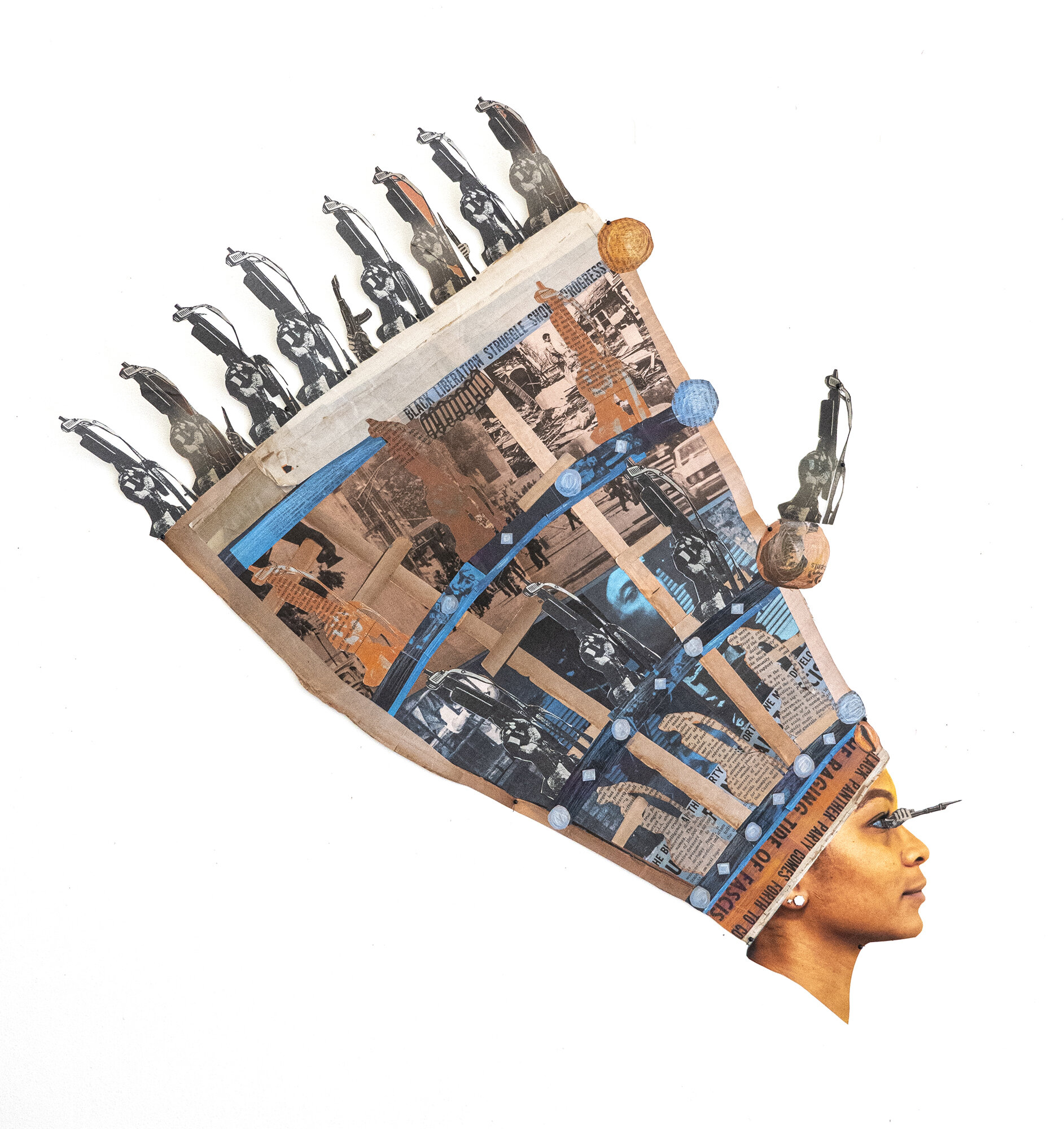
Helina Metaferia (USA)
NARS Alumni, 2019, Season III
@helina.metaferia
My interdisciplinary series, "By Way of Revolution," examines the impact of civil rights eras of the past on today's social justice movements. The project centralizes women of color as its main protagonist. It combines archival research and oral histories with performative gestures to produce collages, video, and social engagement. In our trying political climate, where black and brown lives are continuing to fight to matter, and women are summoning the courage to speak out against sexual violence, my work seeks to combine the fiery of previous generations with the direness of today in order to imagine a better collective future.
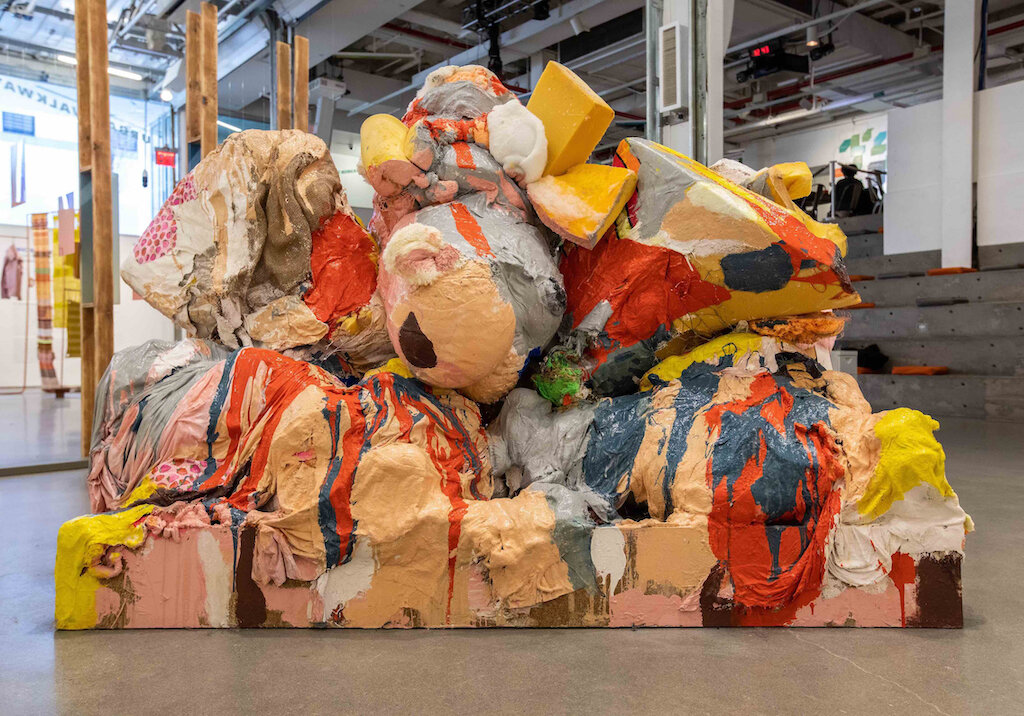
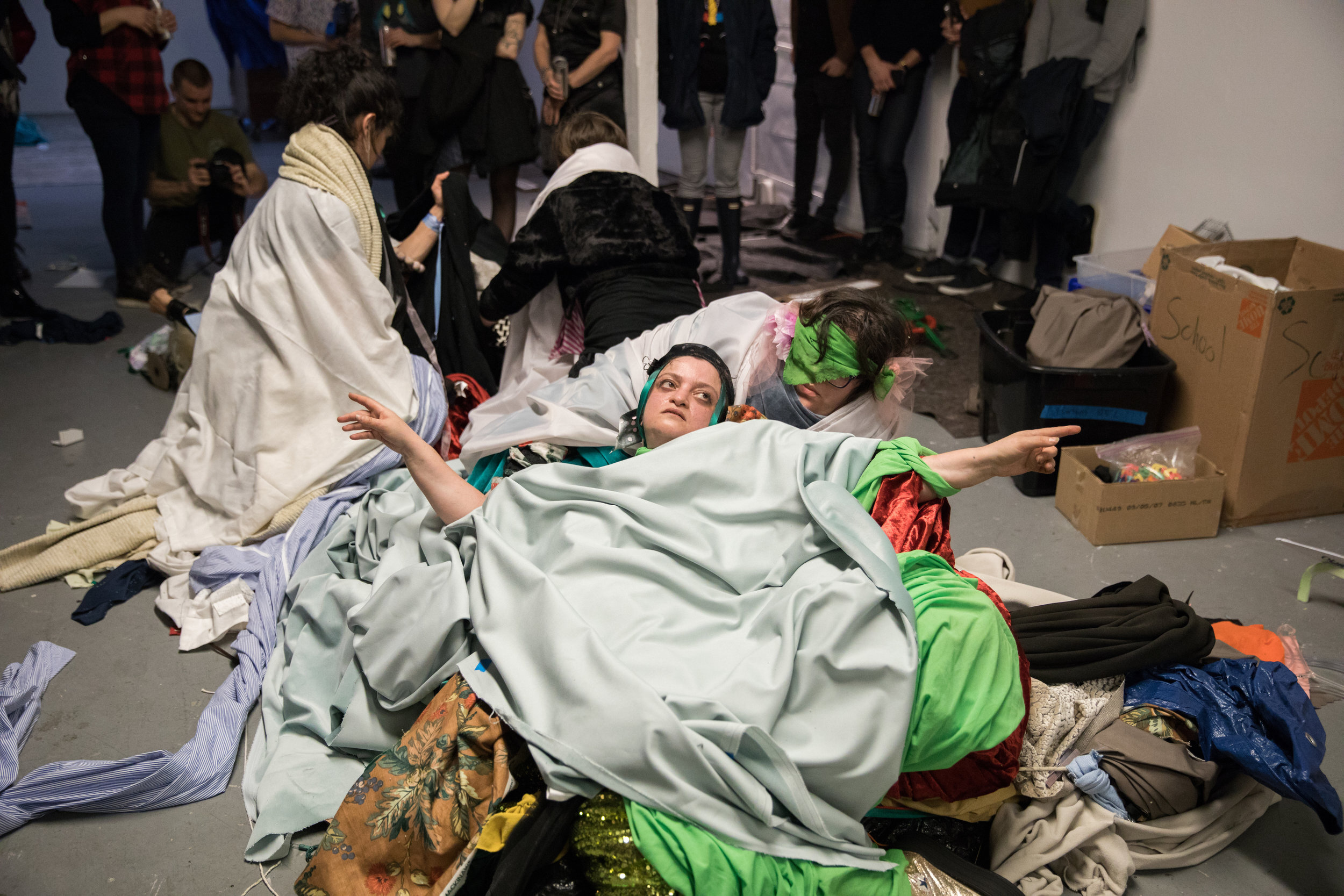
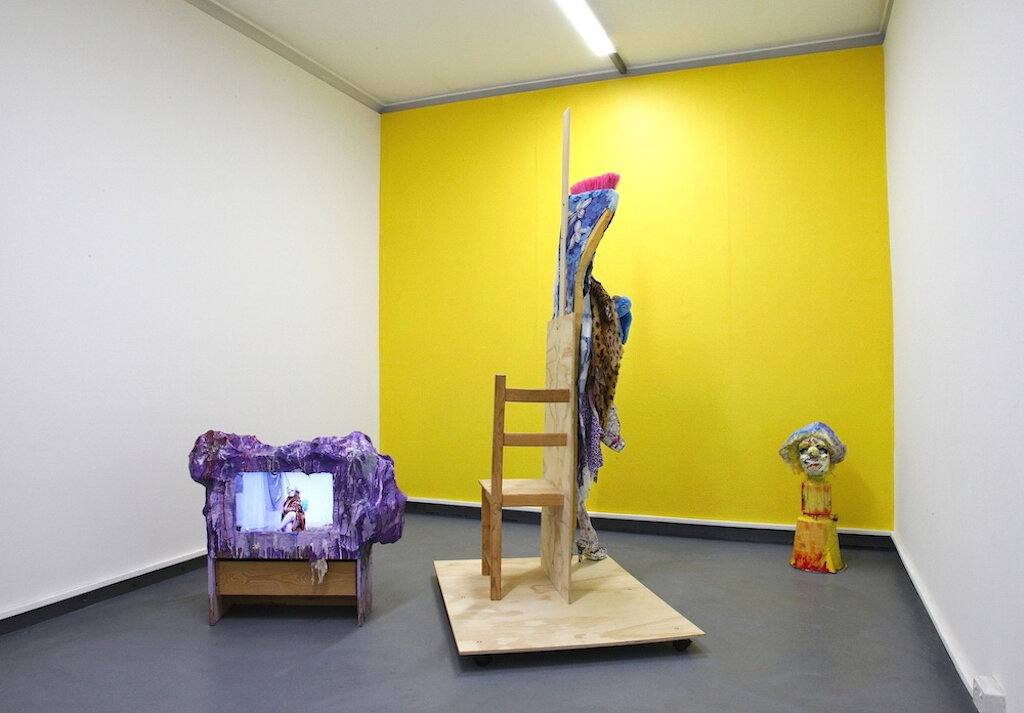
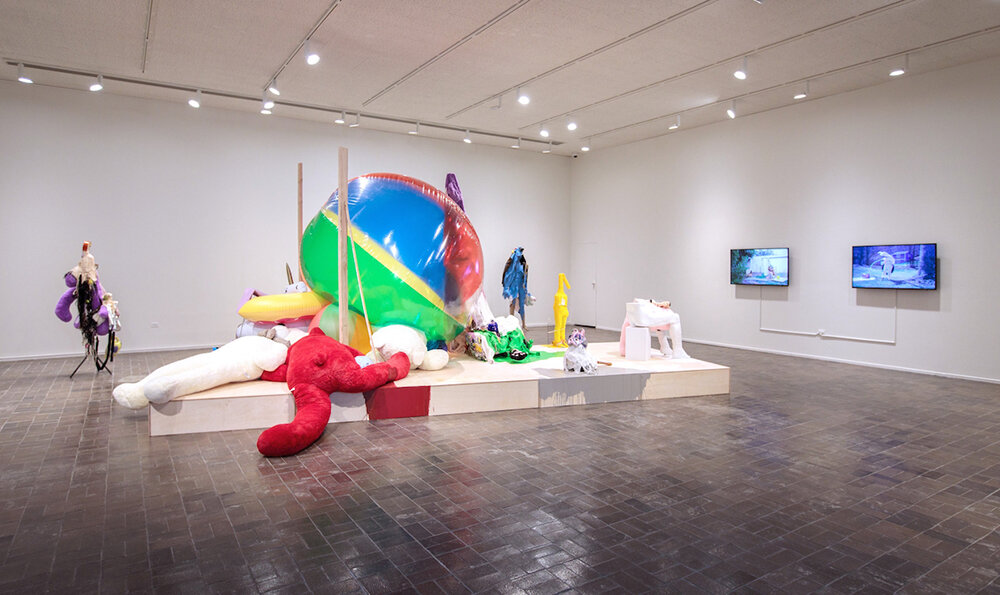
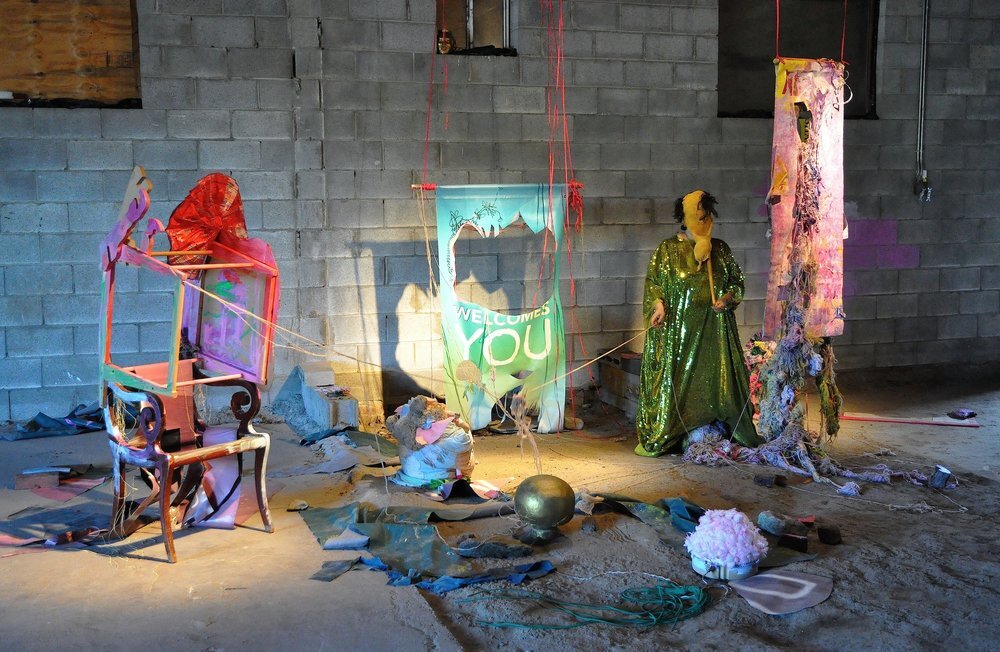
Katya Grokhovsky (Australia)
NARS Alumni, 2013 Season I
@katyagrokhovsky
Grokhovsky works in installation, performance, sculpture, video, painting and drawing, exploring ideas of gender, identity, alienation, labor and the self. Through research and autobiographical experience, Grokhovsky builds worlds and characters, through which she examines and underscores stereotypes, assumptions, prejudices and injustice. She is interested in the histories of migration and displacement, whilst enacting the bodies of the historically oppressed, in relation to the preconceived social order. Many of her projects deal with protest and freedom through failure, via radical and humorous actions: reclaiming the body through pleasure, chaos and refusal, residing in the space of absurd grotesque and nostalgic kitsch.
Download Press Release
2019, Season II
@artistjuliakwon
Can you tell us a bit more about the process for creating the work presented in this exhibition?
Many Asian people in the U.S. are currently living with a sense of anxiety due to the drastic rise in anti-Asian sentiment. After hearing racist rhetoric spoken by top government officials and reading the news of anti-Asian hate crimes, I became deeply aware of how I may be misperceived not only as a perpetual foreigner, but also as a carrier or cause of the COVID-19 virus. I started to create vibrant Korean patchwork face masks to unapologetically celebrate my ethnic identity and confront coronavirus-related racism prevalent today. Furthermore, the work promotes public face masks to help flatten the curve.
How are you doing these days? Is your artwork being influenced by or providing an outlet from the current quarantine?
It is difficult to carry on in the studio as usual while knowing there are so many lives that have been lost due to the COVID-19 outbreak in the U.S. and all around the world. The pandemic has directly influenced my current studio work as it motivates me to think of what I can contribute and how I can acknowledge this difficult time. I am grateful for the hard work of essential workers who allow me the privilege to spend time with loved ones, reconnect with the earth, and reexamine the existing social, political, and economic systems that we take for granted. I have been focused on completing day-to-day tasks, reevaluating priorities, and appreciating social interactions. I am grateful for the sense of
community, which reminds me that physical isolation does not have to mean social alienation, and art-making that allows me to be profoundly present within this current moment.
How do you see the role of art and artists in society today?
I believe that the role of artists is to bring awareness to important contemporary issues, provide us opportunities to think differently and feel intensely, and spark conversations on ways we can create a more compassionate and equitable society for all. Moreover, artists allow us to take pleasure in art and remind us of our own sense of humanity especially in difficult times like these. To be an artist is to share ideas, build communities, and deeply engage with and care for the world around us.
Is there something specific that you hope to explore in the future?
I plan to continue my examination on issues regarding gender, ethnicity, and identity through a mixture of first-person research and collaborative projects. Each of our circumstances together form larger patterns of oppression. Agonizing over our own sufferings often precludes an understanding of the predicaments of others, and too often, this blinds us to potential solidarities. I hope to shift the focus from the search for authentic origins and clear categories to the uncertainties of translation and complexities of globalism, hybridity, and intersectionality.
2019, Season III
@helina.metaferia
Image of Helina Metaferia at her current solo exhibition, "Against A Sharp White Background, at Northeastern University's Gallery 360. Photograph by Brandon Farrell, courtesy of Northeastern University College of Arts, Media and Design (CAMD).
Can you tell us a bit more about the process for creating the work presented in this exhibition?
My full practice is interdisciplinary, ranging from performance, video, sculpture, and mixed media collages. My collage process begins with research, be it archival, gathering oral histories, or sensory bodily performance investigations. This prompts me to facilitate social practice / performance workshops for those who identify as women of color at institutions around the country. The workshops deconstruct historic protest gestures in an effort to heal trauma stored in the body.
I then work with the archival relics that activism leaves behind, turning these residues into art objects. In mixed media collages, images of historical activism are transformed into crowns of adornment on images of contemporary women, all of whom have participated in the workshops. I aim to facilitate more workshops nationally in diverse geographic locations to produce an “army of 50 women" via life-sized portrait collages, symbolically representative of the 50 states.
How are you doing these days? Is your artwork being influenced by or providing an outlet from the current quarantine?
My work is inherently social, and involves travel, participation, and collaboration. It's been particularly difficult and humbling to have shows, talks, performances, and residencies postponed, as these projects all fuel my studio practice. I am grateful for the curators and cultural workers who reached out to me to brainstorm how we can keep projects alive. It made me realize that there are people who do care if I produce art, and that makes me feel like there is value in what I do, even in the midst of a global pandemic. These gestures have sustained me. Quarantine forced me to pivot and build a new body of work while my existing projects are on hold. This new work involves collaboration with a writer, and includes painting, collage, and text.
I get to fulfill my social impulses by working with her over zoom meetings and email while keeping a social distance.
How do you see the role of art and artists in society today?
It can feel secondary to think about art and culture when so many are focused on basic human survival. However, we’ll look back at the art and culture that was produced during this period as a marker of history, and for direction on how we can envision a better collective future. The role of the arts is vital. We teach people how to see beyond limitations. Our creativity can open up collective imagination, and that has a purpose, even in a global pandemic. Art isn’t going anywhere, it’s been here forever and will always be here. What will change, hopefully, is the systems that sustain it. Those culture keeping systems are often capitalistic, institutional, elitist, and outdated. Hopefully there will be a new art world born out of this era, and it will be one that is more just and serves a diverse public in a better way.
Is there something specific that you hope to explore in the future?
I’ve never seen New York move so slowly, and I must admit I love it. Through shelter in place I realized that I need to slow down and travel less, nurture and care for my body more, and reach out to friends, family, and community more. It’s reprioritized my life. Thankfully, it will be a while before the art world will get back to all the international fairs, biennials, and events that keep us racking up frequent flyer miles. I want to incorporate this slowness once we get back to our new normal, it’s making me a much more attentive human being and increases my quality of life. Maybe that means living on a farm in the middle of no where, or at least finding an internal rhythm that is less overcome to the stressors of urban living. Basically, how do I keep this Roni artist residency going?
Katya Grokhovsky
2013, Season I
@katyagrokhovsky
Katya Grokhovsky Studio, 2020, J & M Studios, Brooklyn, NY
Can you tell us a bit more about the process for creating the work presented in this exhibition?
The images in the exhibition represent examples of some of my installations, sculptures and performances. I work a lot with found objects and materials, focusing on assemblage in combination with paint, plaster, wood, fabric, toys, paper mâché and video, as well as live performative activations. I am interested in investigating consumerism and desire as a type of masquerade in the overflow of discarded goods around us, as seen through the eyes of an immigrant and a woman.
How are you doing these days? Is your artwork being influenced by or providing an outlet from the current quarantine?
More than anything, I am exhausted and stressed right now. I am focused on self care, survival and sustainability. I am observing, processing and exploring, rather than producing. My work will eventually be influenced by the current situation overall, however I need time to internalize this abrupt change of life. The uncertainty worries me greatly and making art, such as digital paintings or conceptualizing various new projects, provides a much needed mental respite and a welcome outlet.
I am consistently imagining a new universe to inhabit and I am enjoying that aspect of isolation.
How do you see the role of art and artists in society today?
Art is a communication tool, acting as a conduit, now more than ever. Connecting to other artists and culture makers through online programs has been an important lifeline for me at this time. Our role is crystal clear. We ARE essential to the development and sustainability of imagination, humanity, passion, intelligence and civilization. Beyond the physical, we all have inner worlds which need to be explored, enriched, analyzed and shared. We are musicians on a sinking ship.
Is there something specific that you hope to explore in the future?
I am hoping to explore new ways of being an artist, new modes of working, new skills, tools and ideas. I am making lists, testing and ideating new projects and ideas, such as an experimental online platform called school of low expectations, a conceptual fashion label, and my own virtual curatorial space. I am learning from this moment and plan to move forward and adapt my work and my life to the new tomorrow.

